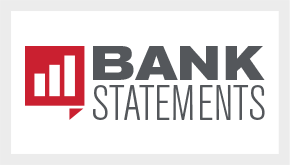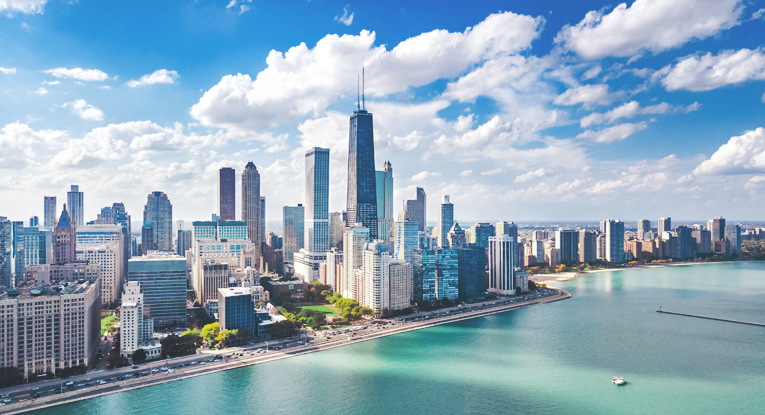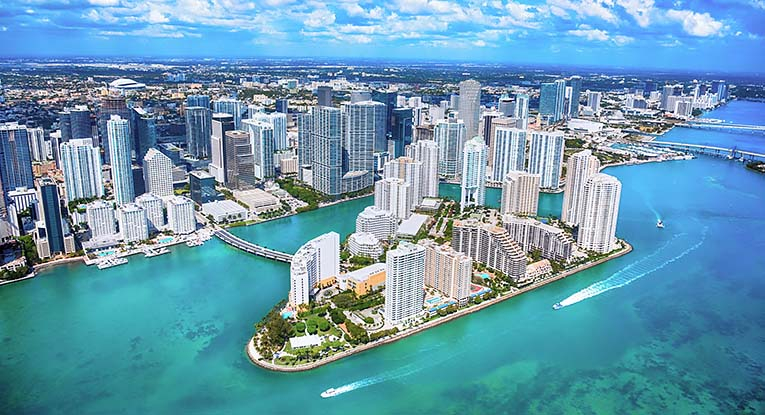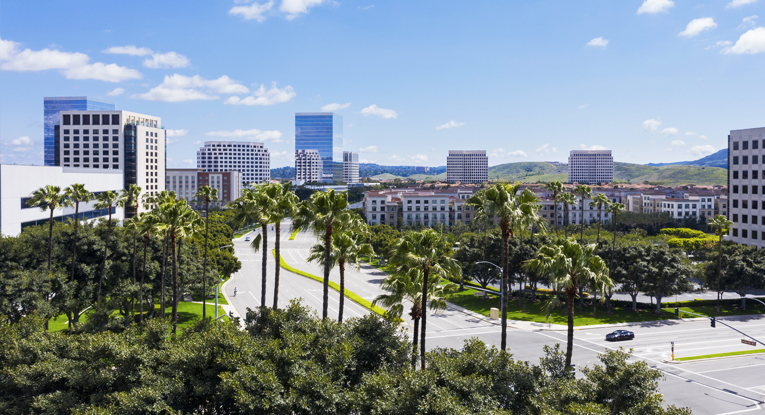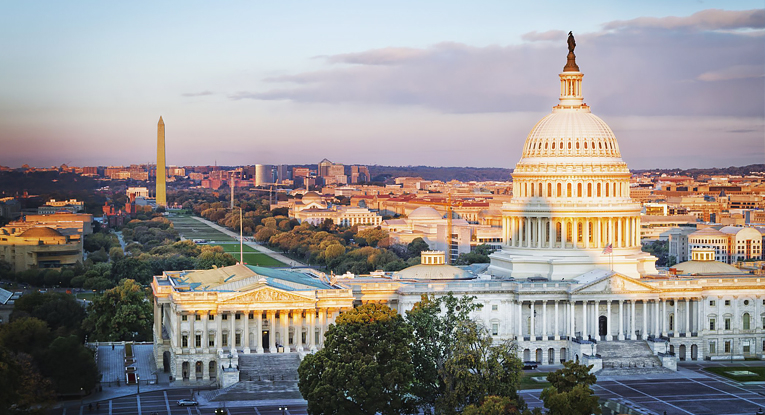Federal Reserve Announces Details of Main Street Lending Program
On April 9, 2020, the Federal Reserve announced details of its Main Street Lending Program. The program was first announced on March 23 as a way to support lending to small- and medium-sized businesses during the COVID-19 pandemic to complement the Small Business Administration (SBA) Paycheck Protection Program (PPP) and Emergency EIDL Grants. The Coronavirus Aid, Relief, and Economic Security (CARES) Act provided that the Federal Reserve could establish a Main Street Lending Program, but until today the eligibility requirements and terms of the program were unknown. The new program could prove to be an attractive alternative for businesses that were ineligible for PPP loans due to, among other criteria, employee headcount thresholds. However, Main Street Lending Program loans come with higher interest rates than PPP loans, are not forgivable, and come with restrictions on compensation, stock repurchase and capital distributions under the CARES Act as described below.
The Main Street Lending Program will have two components described in term sheets released by the Federal Reserve: (i) the Main Street New Loan Facility for new loans to eligible borrowers; and (ii) the Main Street Expanded Loan Facility to increase the size of existing loans to “eligible borrowers” by “eligible lenders” originated prior to April 8, 2020. The borrower eligibility requirements for loans utilizing these two new facilities are identical and require that the borrower be a business with no more than 10,000 employees or no more than $2.5 billion in 2019 annual revenues. Eligible borrowers must be businesses created or organized in the U.S. or under the laws of the U.S. with significant operations in and a majority of its employees based in the U.S.
U.S. depository institutions, bank holding companies and savings and loan holding companies are eligible lenders under the Main Street Lending Program facilities. Credit unions and other non-bank lenders do not qualify. Lenders will retain 5% of the loan amount for any loan originated through the program, with 95% of the loan amount being purchased by the Main Street Expanded Loan Facility or Main Street New Loan Facility, depending on whether it is a new or an expanded loan, as a loan participation. The Federal Reserve has authorized the purchase of up to $600 billion of participations through Sept. 30, 2020, unless the Federal Reserve and the U.S. Department of the Treasury (the Treasury) agree to extend that date. Eligible lenders will pay a facility a fee of 100 basis points (1%) of the principal amount of the loan participation purchased to the special purpose vehicle purchasing the participation; although, lenders are authorized to require the borrowers to cover this fee. Eligible borrowers will pay the eligible lender a one-time origination fee of 100 basis points (1%) of the principal amount of the loan. The purchaser of the 95% participations will pay lenders 25 basis points (0.25%) of the principal amount of the loan participation purchased each year for loan servicing.
The parameters of the Main Street New Loan Facility unsecured term loans originated on or after April 8, 2020, are as follows:
- Four-year maturity.
- One year deferral of principal and interested amortization.
- Adjustable rate of SOFR (the secured overnight financing rate) + 250-400 basis points.
- Minimum loan size of $1 million up to a maximum of the lesser of (i) $25 million or (ii) an amount that, when added to the borrower’s existing outstanding and committed but undrawn debt, does not exceed four times the borrower’s 2019 EBITDA.
- No prepayment penalties.
- Origination fee of 100 basis points.
The terms of an upsized tranche on a term loan originated before April 8, 2020, will be eligible for the Main Street Expanded Loan Facility as follows:
- Four-year maturity.
- One-year deferral of principal and interested amortization.
- Adjustable rate of SOFR (the secured overnight financing rate) + 250-400 basis points.
- Minimum loan size of $1 million up to a maximum of the lesser of (i) $150 million, (ii) 30% of the borrower’s existing and committed but undrawn bank debt; or (ii) an amount that, when added to the borrower’s existing outstanding and committed but undrawn debt, does not exceed four times the borrower’s 2019 EBITDA.
- No prepayment penalties.
- Origination fee of 100 basis points.
Borrowers under the Main Street Lending Program must make a number of certifications to their lender, such as (i) agreeing to restrictions on the use of proceeds for repayment or refinancing of other debt, (ii) agreeing to make reasonable efforts to maintain payroll and retain employees during the term of the loan, and (iii) attest to the applicable EBITDA leverage restriction. In contrast to PPP loans, borrowers must also certify that they will follow the compensation, stock repurchase and capital distribution restrictions that apply to direct loan programs under Section 4003(c)(3)(A)(ii) of the CARES Act. Therefore, borrowers under the Main Street Lending Program will be subject to the following restrictions for one year after the loan is no longer outstanding:
- The borrower will not repurchase an equity security listed on a national securities exchange, except to the extent required under a contractual obligation that is in effect as of the date of enactment of the CARES Act (March 27, 2020).
- The borrower will not pay dividends or make other capital distributions with respect to its common stock.
- The borrower will comply with the compensation limitations set forth in Section 4004 of the CARES Act, which contains limitations on compensation and severance payments for officers and employees whose 2019 compensation exceeded $425,000.
In light of the employee compensation restrictions imposed on borrowers participating in this program, when considering whether to apply for a loan under the Main Street Lending Program, a business should review its executive employment agreements, as well as its policies and plans impacting employee compensation such as deferred compensation plans, incentive compensation programs, and severance plans to determine whether adjustments must be made to qualify for a loan under this program. Making adjustments to compensation arrangements under contracts or policy and plan documents will often implicate employment law concerns and legal issues from an employee benefits and executive compensation perspective. Armstrong Teasdale’s Employment and Labor and Employee Benefits and Executive Compensation attorneys are well equipped to assist with these concerns.
It is not yet known how the foregoing CARES Act restrictions that were intended for large, publicly traded companies will be applied in the Main Street Lending Program. For example, will the publicly traded stock repurchase restrictions under the CARES Act also apply to private company stock? Will there be an exception from the dividend and distribution restriction for S Corporation tax distributions? Hopefully clarification regarding these issues and other aspects of the Main Street Lending Program will be forthcoming. The Main Street Lending Program term sheets released by the Federal Reserve provide that the Federal Reserve and the Treasury may make adjustments to the terms and conditions of the program, with any changes to be announced on the Federal Reserve’s website.
For businesses in need of additional funding due to the effects of the COVID-19 pandemic that were locked out of the forgivable PPP loan program due to their size, the Main Street Lending Program may be a viable alternative if the business can live with the applicable restrictions for the loans available.
Armstrong Teasdale attorneys are actively monitoring and providing updates regarding the impact of COVID-19, including the Main Street Lending Program, PPP and other provisions of the CARES Act. Should the Federal Reserve or the Treasury provide additional guidance, we will be sure to update you.






